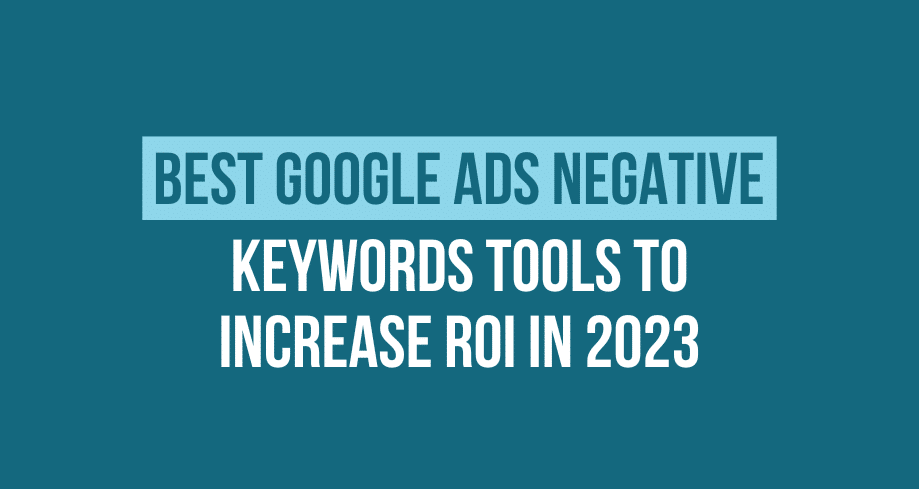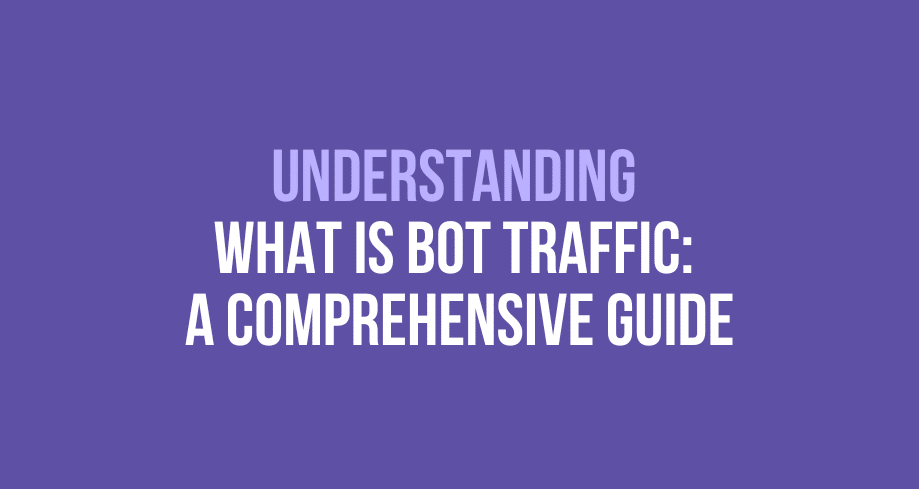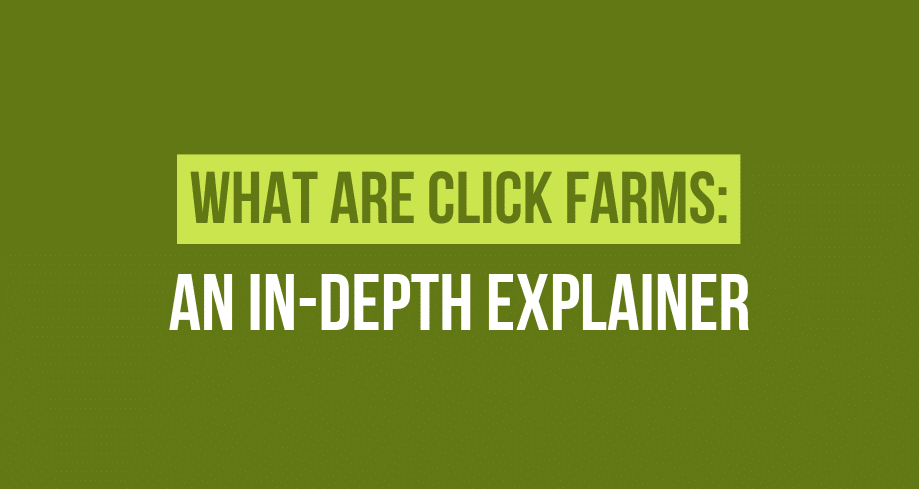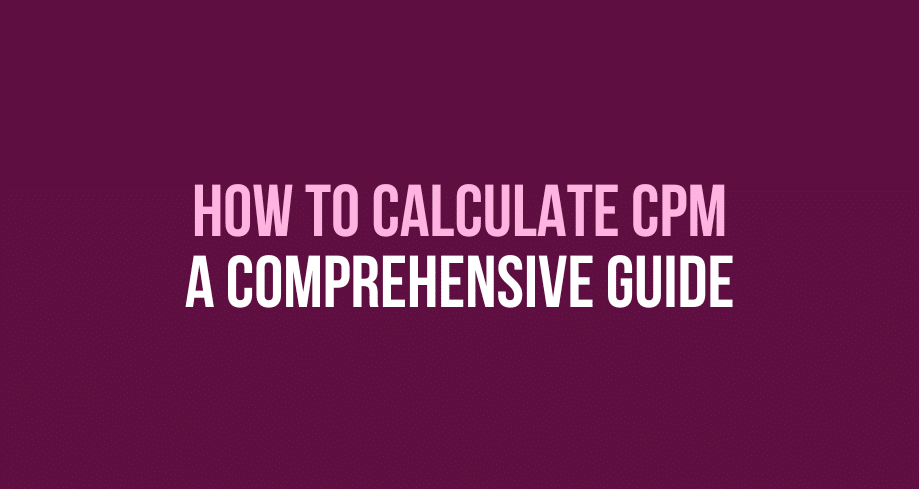Negative keywords are a valuable asset for businesses operating with Google Adwords campaigns. Using these negative keyphrases, you can ensure that your PPC ads reach an audience more likely to convert. By properly targeting and restricting your advertisements through the addition of negative keywords, you can guarantee clicks which will ultimately result in success for both yourself and potential customers alike!
The importance of negative keywords
Obviously, you don’t want to squander your clicks, yet when you present an advert to someone indifferent towards it, the outcome will be either a useless impression or a misused click. Since these clicks cost money, it makes sense that we strive for as many conversions with each of them as possible.
It’s worth noting that impressions can be a double-edged sword. Every time someone views your advertisement, the click-through rate (CTR) is measured to determine how often people click on it. When they do, it helps increase your CTR; however, if they don’t because the ad seems irrelevant or unappealing, it lowers its efficiency in reaching out to potential customers. Consequently, wasted impressions ultimately hurt your chances of gaining more clicks and leads—something you should strive hard against!
Click-through rate = (clicks / impressions) x 100a
Why is this significant? Because the Quality Score related to your ad’s keyword is partially determined by the anticipated click-through rate. If your expected CTR drops, so will your Quality Score, decreasing Ad Rank while increasing cost per click (CPC).
When your ad isn’t relevant to the queries, it results in a declining CTR. Google then deems that you are not offering helpful or valuable content to those seeking it, and thus charges you more for visibility on paid search platforms.
Negative keywords ensure your ads don’t appear on irrelevant queries, thus avoiding costly clicks and skyrocketing CPCs.
Types of negative keywords
Before you begin constructing your negative keyword list, it is important to understand that there are three main types of negative keywords: Negative exact match, phrase match, and broad match. With these in mind, you will be able to create the most effective ad campaigns possible!
Negative exact match keywords
Negative exact match keywords are the most lenient of all the keyword types. That means, if you list “musical instrument repair” as a negative exact match keyword, for example, your advertisement will not show up when someone searches that phrase precisely; however it may appear in other phrases like “courses for musical instrument repair.”
Negative phrase match keywords
Negative phrase match exists between broad and exact matches when it comes to restrictiveness. With negative phrase matching, you can veto the terms that don’t fit your desired context while still having them appear together – unlike with exact matches where the words are not allowed to have any accompanying text. In short, this type of matching helps ensure that everything is precisely what you’re looking for!
If you provide jewelry-making supplies, but only in small amounts, it’s essential to be aware of your campaigns appearing when people search for “jewelry-making supplies in bulk.” You can add “in bulk” to the negative phrase match keywords which means searches such as “purchasing jewelry-making supplies in bulk” and “in bulk jewelry-making supplies” will no longer trigger your ads. However, note that there may still be times when your ad could appear due to shorter phrases like “bulk jewelry supplies.”
Negative broad match keywords
Utilizing negative broad match keywords is a powerful tool to help you strategically avoid irrelevant search traffic and invest your budget in more targeted individuals. With this type of keyword, if searches include all the terms that are restricted by you, your ad will not appear. For example, say you don’t sell supplies for pearl necklaces – make “pearl necklaces” one of your negative broad match keywords! This way, even queries such as “jewelry-making supplies for pearl chokers and necklaces” won’t prompt an appearance from your ads since they use two words covered by the restriction. Use these negatives thoughtfully to increase conversions while limiting unnecessary spending on clicks!
Understanding how negative keywords can help your Google Ads campaigns may sometimes seem daunting, but it doesn’t have to be. For example, if a search mentions “pearls for necklaces” or “pearl necklace,” your ad could show even though both terms are not included in the query. It probably sounds complex–but all that’s needed is an understanding of what singular and plural words trigger ads. Now that you understand this concept better, let me explain the steps necessary to create an effective Google Ads negative keyword list from scratch!
Free Tools to optimize for negative keywords
To optimize your Google Adwords campaigns, we have identified five valuable tools and resources to help you curate a list of negative keywords.
- Keyword Research Tools
Should you search for free (or even paid) keyword research tools, countless resources are available to help with brainstorming and discovering negative keywords. Even if your starting point is a seed list, these resources will guide you toward finding other words which won’t align with the objectives of your business.
Kparser – If you’re looking for a quick and easy way to generate an extensive list of negative keywords related to your query, look no further than this handy tool. Developing long-tail key phrases is the fastest route to assemble negatives across entire ad campaigns or groups. So don’t wait any longer – start using this incredibly useful resource today!
All these tools operate comparably. Initially, you type the keywords that apply to your business or what you want to learn about. Subsequently, a vast 1 trillion keyword database is scanned for potential phrases that may be relevant to your company.
Although you should take this list seriously, the best way to pick the keywords that work for your business is to trust what Google Ads’ data tells you and rely on your intuition. Once you have made a selection of relevant keywords, it’s easy enough to export them into a file and upload them directly into Google Ads to further fine-tune your campaigns.
Use Other Keyword Research Tools
There are a whole ton of keyword research tools on the web.
Some of the ones worth looking at are:
- Ahrefs – the go-to SEO toolkit that everyone is talking about. Its keyword generator section will show you phrase and term matches, related keywords others are ranking for, as well as various search suggestions. With this powerhouse of information at your fingertips, your success rate with organic search traffic will skyrocket!
- SEMrush’s Keyword Magic Tool is the perfect tool for uncovering low-competition keywords and opportunities. The sophisticated filters make it simple to look through matches, related terms, or even questions exclusively. With this powerful resource in your arsenal, you can be sure that your search efforts are well-informed and worthwhile!
- Moz is said to host “the largest and most accurate” keyword database in the world, with a vast compilation of over 500 million keyword suggestions from 170 search engines.
For beginners
- Employing Google Keyword Planner is essential at the outset of any campaign. It will assist in identifying the top negative keywords, yet there are additional steps to take if you truly want to optimize your performance.
- Utilizing Google Search Console as a second source of information is invaluable for those who have sizable organic traffic. This often provides valuable data points to improve your website’s negative keyword lists in Adwords, and can essentially be the difference between success and failure.
- Utilizing Google Adwords search terms statistics, you can continuously add new words and phrases to your negative keyword list. It gathers all queries that initiate ads for your keywords, allowing you to expand the scope of potential customers in daily, weekly or monthly increments.
- You can easily locate industry-specific negative keyword lists and templates via an online search.
- Commonly used negative keywords
To ensure that you reach the right target audience, there are essential negative keywords to add to your campaign that should not be overlooked. For instance, if your product is not free, then ‘free’ needs to appear in this list. Similarly, words like ‘jobs’ need to include too. Adding these generic negatives will help streamline and optimize your traffic flow!
- Google Suggest
Just type in your desired keyword into Google and you will be presented with a list of related phrases that people are typically typing. These can provide some inspiration for the integration of negative keywords to increase relevance.
- Think of negative synonyms
After you form a negative keyword list, think of other keywords that your audience might use to describe the same items. For instance, if luxury products are not part of your inventory, make sure to add synonyms such as “premium,” “exclusive,” and “high-end” among others in order to build up an effective negative keyword list.
- Monitor your Campaign
After launching your Adwords campaign, you can easily identify and eliminate irrelevant keywords that are causing undesired triggers. On the Keywords page, click on “see search terms” in the drop-down menu for an extensive list of used to trigger ads; delete those that don’t generate any value or business relevance. To maximize Campaigns’ effectiveness, engage with accurately targeted ads paired up with a highly converting landing page – not only will this save money but also boost conversions!
Conclusion
Don’t let your Google AdWords campaign go to waste – minimizing spending on irrelevant terms with negative keywords is essential for a successful advertising experience. Up to 76% of ad budgets can be lost when not utilizing these effective tools, so make sure you’re only paying for the search terms that will bring maximum positive results! Negative keyword usage is key if you want a positive outcome from your campaigns.




